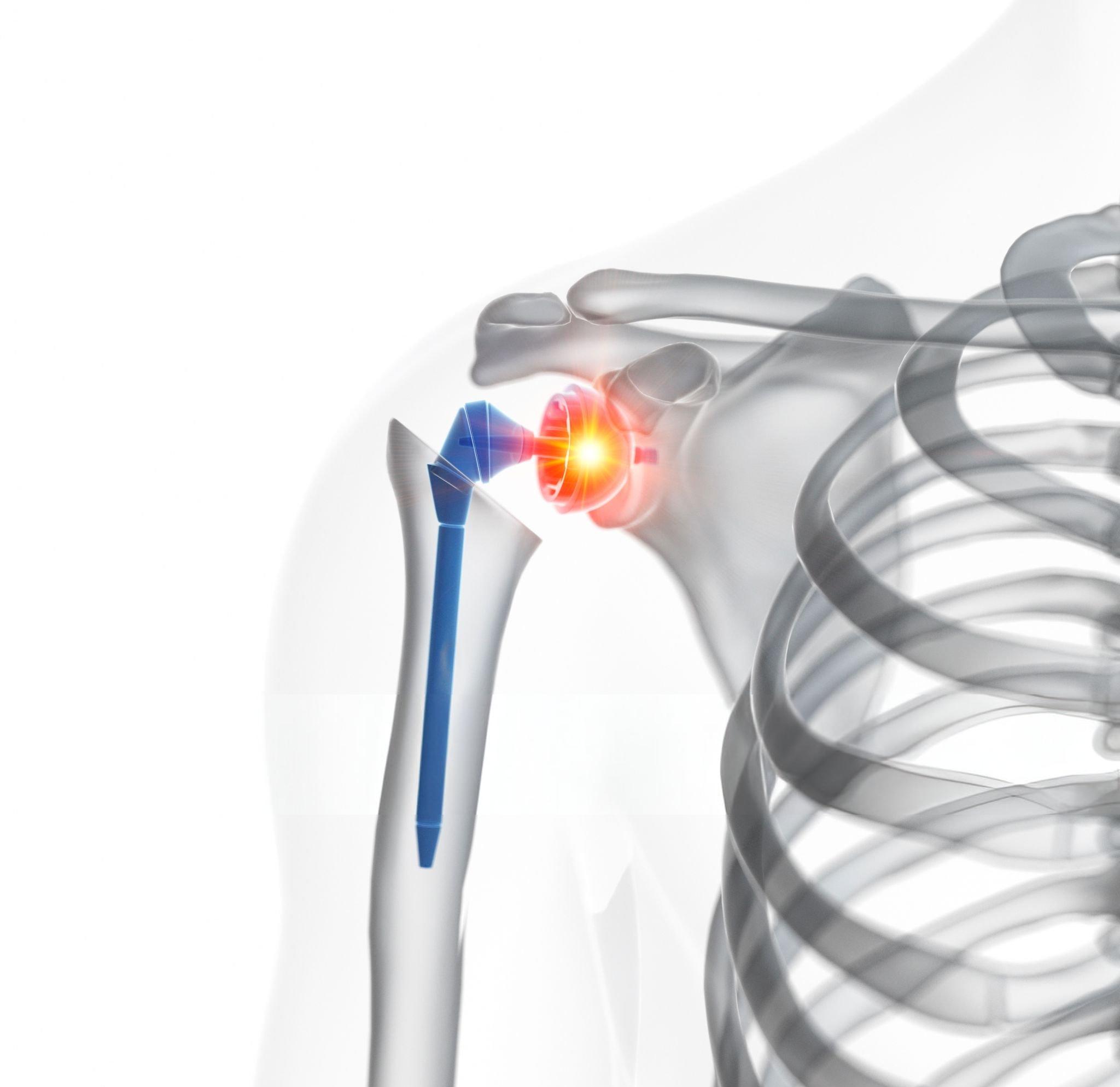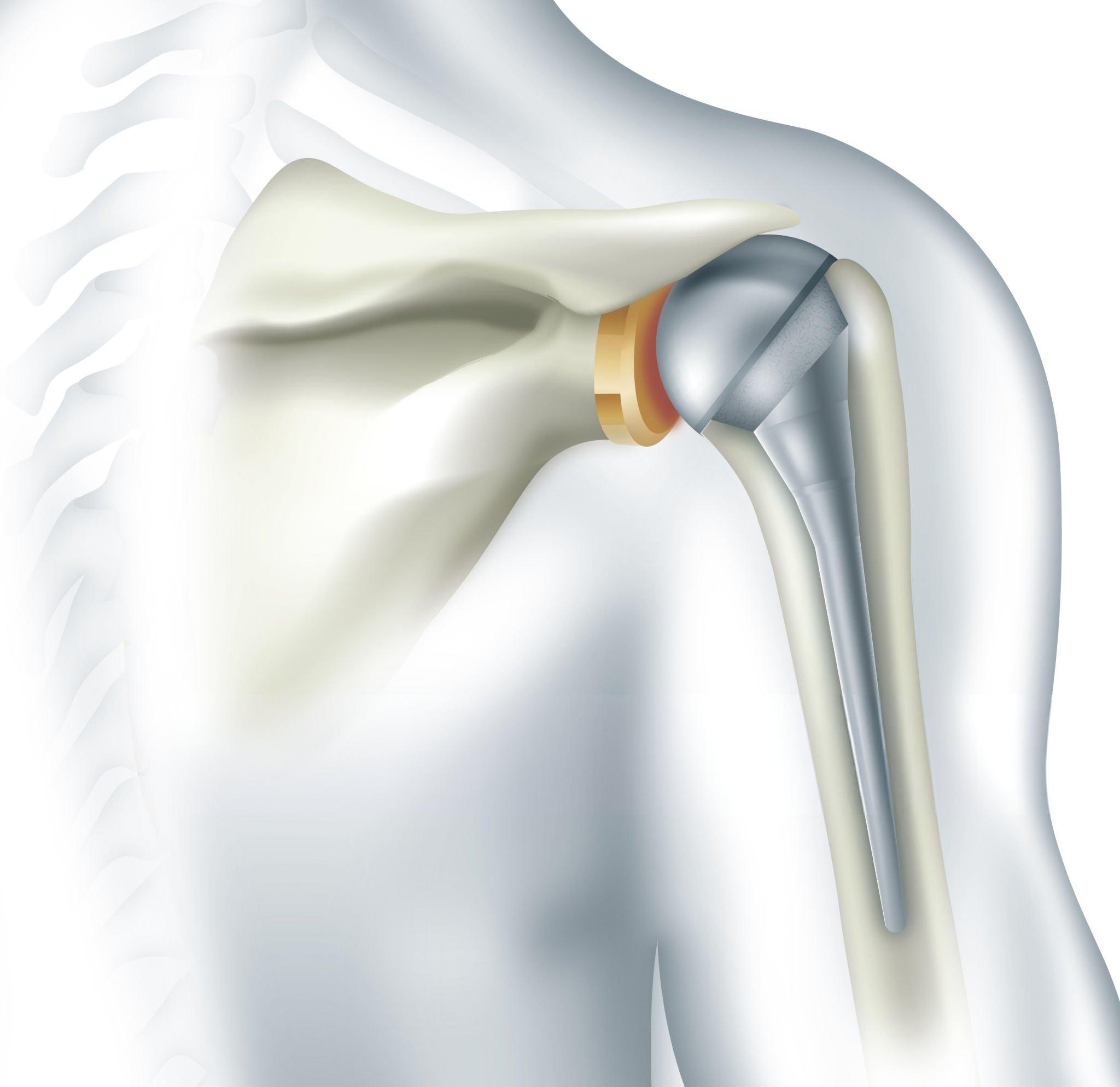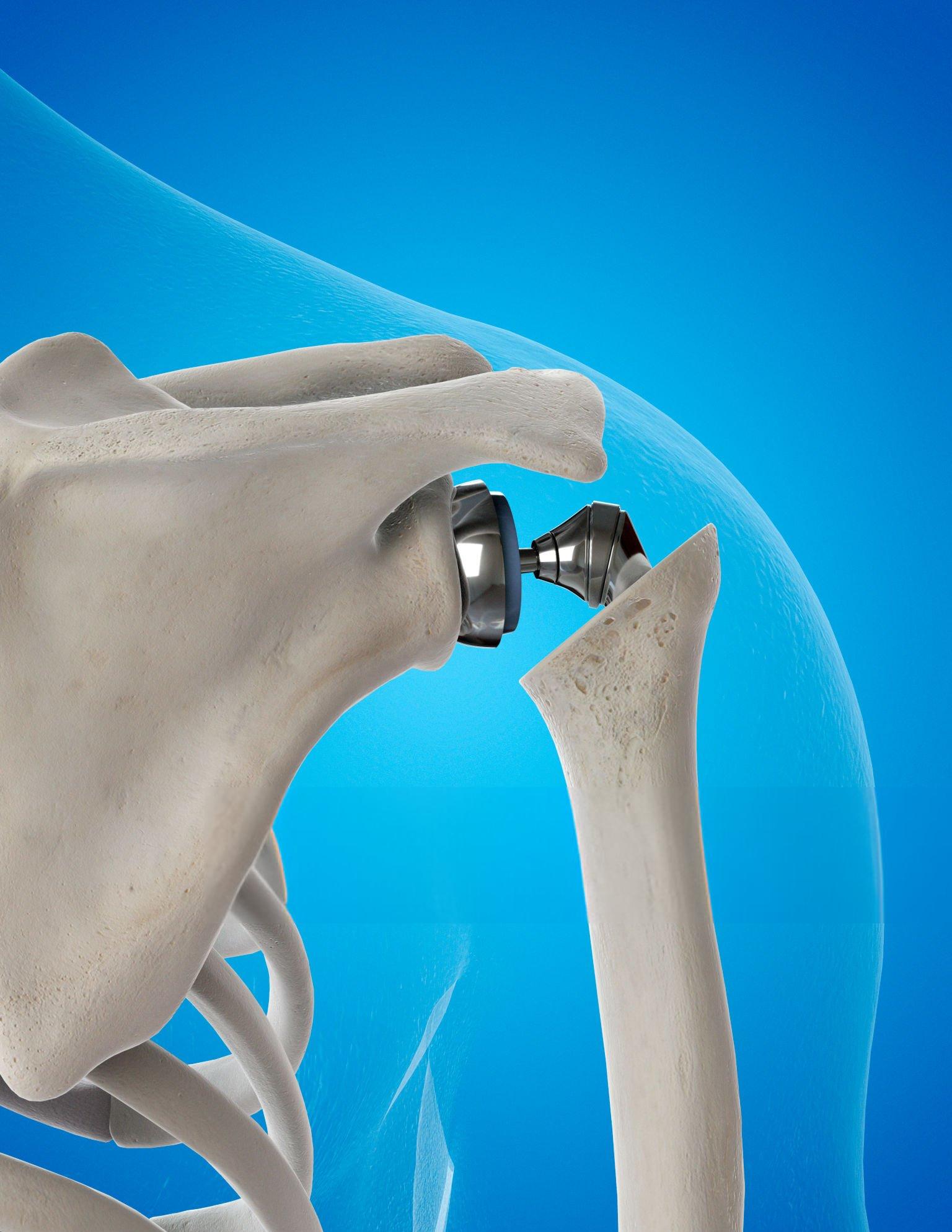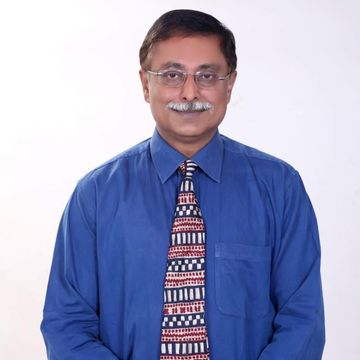Shoulder Replacement in Delhi (Reverse & Total)
Shoulder Replacement in Delhi with Dr. Neelabh offers personalised care using modern implants, precise technique, advanced pain control, and a fast‑track rehab plan—so you can lift, reach, and sleep with less pain.
Serving patients across Delhi & NCR (Naraina, Karol Bagh, Patel Nagar, and more)

Shoulder arthroplasty expertise
Anatomic and reverse shoulder replacements for arthritis, AVN, cuff tear arthropathy, and fractures.
Advanced implants
Cemented/cementless stems, glenoid baseplates, and modern bearings selected for your anatomy and goals.
Fast‑track recovery
Multimodal pain control, nerve blocks, and phased physiotherapy protocols. We do not provide physiotherapy in‑house; we supply written protocols and coordinate with your physiotherapist.
Clear guidance
From pre‑op planning to home exercises—know exactly what to expect.
What is Shoulder Replacement in Delhi?
Shoulder Replacement (shoulder arthroplasty) relieves pain and restores function by replacing the worn ball‑and‑socket surfaces of the shoulder. In an anatomic total shoulder, a metal head on a stem replaces the humeral head and a polyethylene socket replaces the glenoid. In a reverse shoulder, the ball and socket are switched—a glenosphere on the shoulder blade and a cup on the arm—to improve function when the rotator cuff is irreparable.
It is recommended for severe osteoarthritis, rheumatoid arthritis, avascular necrosis (AVN), cuff tear arthropathy, and some complex proximal humerus fractures when non‑surgical care no longer helps. For repairable cuff tears or instability without arthritis, see Arthroscopic Surgery in Delhi.

Who is a Good Candidate?
Daily pain and stiffness
Pain limits sleep, reaching overhead, or personal care.
Advanced arthritis or AVN
Imaging shows joint space loss, deformity, or head collapse.
Rotator cuff tear arthropathy
Irreparable cuff tears with arthritis may benefit from reverse shoulder replacement.
Non‑surgical care failed
Medicines, injections, activity modification, and physio offer limited relief. We coordinate protocols with your physiotherapist.
Patients considering Shoulder Replacement in Delhi receive a plan tailored to anatomy, goals, and lifestyle.
Benefits
- Significant pain relief and improved range of motion
- Better function in daily tasks like combing hair and reaching shelves
- Return to low‑impact activities: walking, cycling, light swimming
- High satisfaction; modern implants often last 15–20+ years
Risks & How We Reduce Them
- Infection, blood clots (DVT/PE), dislocation/instability, stiffness
- Nerve injury, fracture, component loosening or wear, persistent pain
- Risk reduction: meticulous technique, antibiotic protocols, DVT prevention, accurate component positioning, and coordinated rehab
Reverse vs Anatomic Shoulder Replacement
Anatomic Total Shoulder
Best when the rotator cuff is intact. Replaces the humeral head and glenoid socket to restore smooth motion and strength.
Reverse Shoulder
Useful when the cuff is irreparable or for cuff tear arthropathy and some fractures. Switches ball and socket to rely on the deltoid muscle for elevation.
Which is right for me?
Your imaging, cuff status, bone quality, age, and activity level guide the recommendation for Shoulder Replacement in Delhi.
How Shoulder Replacement is Performed
- Anaesthesia & approach: Regional with sedation or general anaesthesia; typically deltopectoral approach.
- Glenoid preparation: The socket is prepared and a baseplate/keel is placed with a polyethylene liner (anatomic) or a glenosphere (reverse).
- Humeral preparation: The humeral canal is shaped; a stem with head (anatomic) or a cup (reverse) is inserted—cemented or cementless as appropriate.
- Balance & stability: Trial components ensure stability and range; final implants are placed.
- Closure & recovery: The wound is closed; pain control and early, protected mobilisation begin.
Implant selection
Component sizes, fixation (cemented/cementless), and bearing surfaces are matched to bone quality and goals.
Navigation/Robotics
Computer guidance can assist glenoid placement in select cases; not required for excellent outcomes.
Pain management
Multimodal regimen (nerve blocks, anti‑inflammatories, targeted medicines) reduces opioids and speeds recovery after Shoulder Replacement in Delhi.
Recovery Timeline
- Day 0–1: Sling support; hand, wrist, and elbow motion; begin passive shoulder exercises as advised.
- Week 1–3: Pain and swelling settle; start guided passive range; protect subscapularis (if repaired).
- Week 4–8: Progress to active‑assisted and active motion; gradually reduce sling use.
- Month 3–6: Strengthening phase; return to normal daily activities and low‑impact sports.
Timelines vary by procedure type (anatomic vs reverse), tissue quality, and adherence to therapy after Shoulder Replacement in Delhi. We coordinate protocols with your physiotherapist and provide written guidance; no physio is provided in‑house.

Where to Consult Dr. Neelabh
BLK Hospital
A-4-6, Pusa Rd, Near Rajendra Place Metro Station, New Delhi-110005
🕓 4:00 PM – 6:00 PM
Timings can vary on holidays and surgery days—please call +91-9810117204 to confirm.
Cost & Insurance
Costs depend on implant selection, facility and anaesthesia fees, and insurance coverage. We verify benefits and provide a transparent estimate before scheduling your Shoulder Replacement in Delhi.
- Insurance pre‑authorisation & benefits check
- Clear estimate of out‑of‑pocket costs
- Financing options where applicable

How to Prepare
Medical clearance
Pre‑op evaluation, labs, ECG, and imaging as needed.
Medication review
Guidance on blood thinners, diabetes medicines, and supplements.
Prehab
Posture, scapular control, and safe sling training; strengthen forearm/hand.
Home setup
Prepare a comfortable chair, arrange help for dressing/bathing, remove tripping hazards.
Healthy habits
Stop smoking, optimise weight and blood sugar, maintain skin health.
Frequently Asked Questions
Is Shoulder Replacement right for me?
How long do shoulder implants last?
What is recovery like?
When can I drive?
Can I lift weights or play sports?
Is reverse better than anatomic?
What are the main risks?
Ready to take the next step?
Let's create a plan tailored to your shoulder, lifestyle, and goals.
